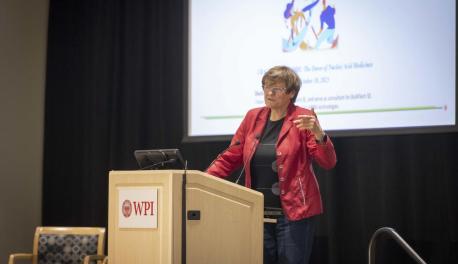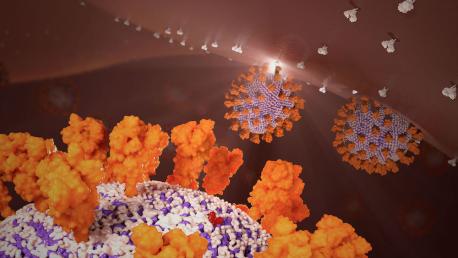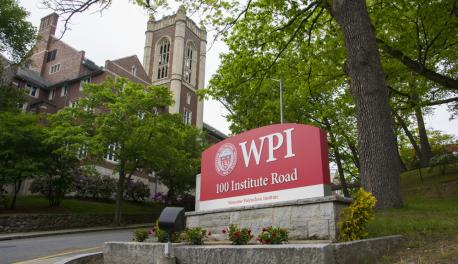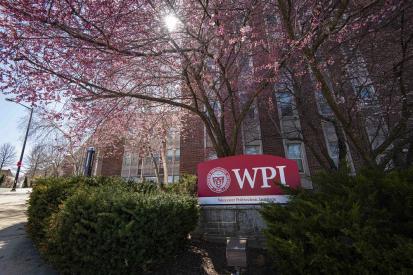
My research is interdisciplinary and spans the fields of bioinformatics of complex diseases, computational genomics, systems biology, and biomedical data analytics. We bring expertise in machine learning, data mining, and massive data analytics to study molecular mechanisms underlying genetic disorders, such as cancer, diabetes, and autism, and deadly infections, such as pandemic flu. Our approaches benefit from integrating multi-omic, systems, and structural biology data. We also develop hardware-optimized algorithms to understand the evolution of animal and plant genomes on the large scale. Finally, we collaborate with experimental scientists to test biological hypotheses generated by computational predictions. Members of our lab have enjoyed working together on cutting-edge cross-disciplinary projects and participating in collaborations nationally and internationally.
Scholarly Work
Efficient SCOP fold classification and retrieval using index-based protein substructure alignments (IPSA) 2009
Mining host-pathogen interactions 2011
Literature Mining of Host-Pathogen Interactions: Comparing Feature-based Supervised Learning and Language-based Approaches 2012
Fast protein binding site comparisons using visual words representation 2012
A Soybean Cyst Nematode Resistance Gene Points to a New Mechanism of Plant Resistance to Pathogens 2012
The yeast protein interaction network has a capacity for self-organization 2014



